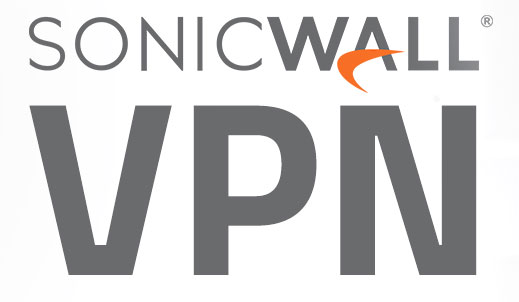Recently, SonicWall VPNs were exploited by ransomware groups, allowing unauthorized access to more than 30 organizations, encrypting their data and leaving companies with substantial financial and operational setbacks.
This attack demonstrates that VPN security requires more than just encryption—it demands rigorous control over configurations, updates and network isolation. Here’s how Beam could have prevented this type of breach.
Understanding the SonicWall VPN Attack
The SonicWall attack exploited an unpatched vulnerability in SonicWall VPN software. Attackers from the Akira and Fog ransomware gangs leveraged this security flaw, bypassing VPN defenses and gaining access to sensitive corporate networks. With this access, attackers quickly deployed ransomware, locking employees out of systems and encrypting data critical to operations. The impact was severe, underscoring the risks of outdated software and weak VPN configuration controls.

1
Automated and Enforced VPN Updates
One of the core issues in the SonicWall attack was the failure to apply critical updates. Beam mitigates this risk by enforcing a rigorous update policy across its VPN infrastructure. With Beam, all network traffic is required to route through VPN tunnels managed by a hypervisor layer, which is designed to be regularly updated to maintain compliance with the latest security protocols.
Beam automatically applies VPN updates and configurations to ensure that users don’t accidentally or intentionally skip crucial updates. This minimizes the possibility of known vulnerabilities remaining open to exploitation, even if users are unaware of the threat.
2
Built-In Network Isolation with Hypervisor Technology
Beam’s architecture is built on a powerful hypervisor technology, called MicroV, which isolates VPN and network interfaces from the user’s main operating system. This isolation creates a secure boundary around VPN traffic, blocking any external applications or processes from interacting with the VPN. In the case of the SonicWall attack, this would have made it significantly more difficult for ransomware or unauthorized users to gain control over the network interface or exploit it.
Beam’s hypervisor operates transparently beneath the user’s operating system, ensuring secure VPN tunnels without disrupting the user’s experience. This layered security approach would have thwarted unauthorized access attempts targeting the VPN’s underlying network.
3
User-Resistant VPN Configuration Management
Beam goes a step further by eliminating direct access to VPN configurations for end-users, removing a common risk in conventional VPN setups. In traditional VPN setups, users often have control over configuration settings, creating the possibility for misconfiguration or accidental exposure. Beam’s approach enforces secure VPN settings without requiring user intervention, ensuring that all configurations align with organizational security policies.
By centralizing VPN configuration management, Beam prevents users from modifying or overlooking critical security settings. This added control would have been instrumental in preventing configuration weaknesses like those exploited in the SonicWall incident.
4
Enhanced Security with Double-Tunnel Architecture
Beam supports Cisco, Aruba and Wireguard VPNs in a secure configuration, with an option for NSA CSfC-compliant double tunneling for environments requiring enhanced security. This approach involves two separate VPN layers, offering an additional barrier against unauthorized access attempts. Even if one VPN layer is compromised, the second layer provides an additional level of defense.
In the case of the SonicWall attack, this extra layer of tunneling would have made it considerably harder for ransomware attackers to gain network access. By leveraging modern VPNs like Wireguard, Beam offers a streamlined and highly secure connection that is inherently more resistant to exploitation.
Proactive Security for an Evolving Threat Landscape
The SonicWall breach demonstrates the importance of a proactive and multilayered approach to VPN security. As attackers become more sophisticated, organizations must adopt solutions that go beyond traditional VPN setups.
Beam’s architecture—enforcing updates, isolating network access, eliminating direct user control over configurations and supporting double-tunneling—addresses these modern cybersecurity needs head-on.


